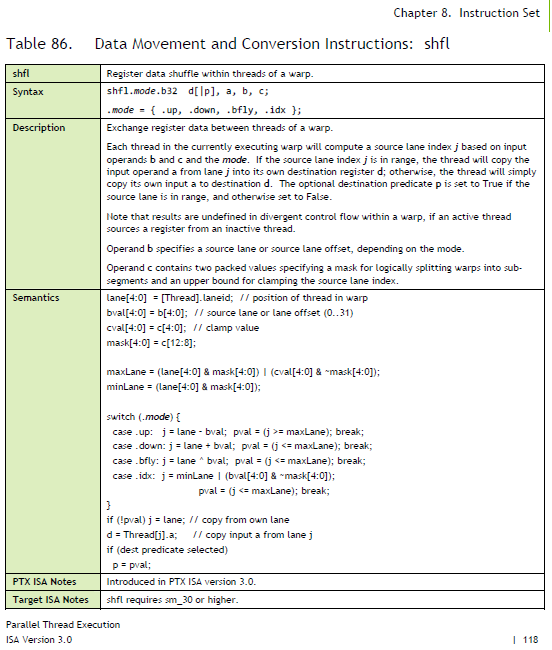It's more accurate data that is tens of millions to a hundred million cycles out of date with the latency of the off-die control loop.
A measurement can be several frames out of date, in more relatable terms.
The comparison is between a having an accurate thermometer that gives you the temperature of last week compared to a somewhat less precise model that tells you how hot it is today.
A more advanced scheme might be a less conservative counter-based system with feedback from voltage and current measurements to tamp it down if it gets too aggressive.
Possibly better might be a version of the initial non-digital Foxton that Intel almost used, or if AMD or Nvidia ever manage to get on-die voltage control, the loop can be sped up significantly.
A measurement can be several frames out of date, in more relatable terms.
The comparison is between a having an accurate thermometer that gives you the temperature of last week compared to a somewhat less precise model that tells you how hot it is today.
A more advanced scheme might be a less conservative counter-based system with feedback from voltage and current measurements to tamp it down if it gets too aggressive.
Possibly better might be a version of the initial non-digital Foxton that Intel almost used, or if AMD or Nvidia ever manage to get on-die voltage control, the loop can be sped up significantly.


